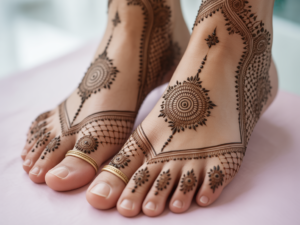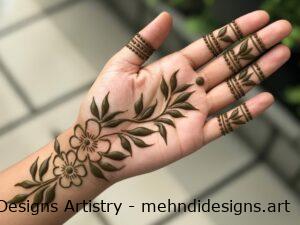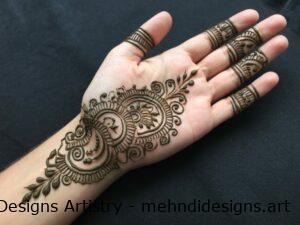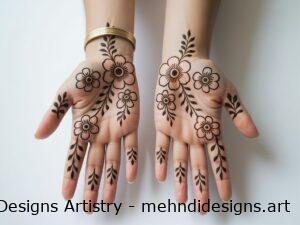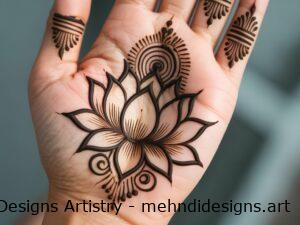Mehndi, also known as henna, is more than just a form of body art — it’s a cultural expression that carries deep-rooted traditions, meanings, and styles across the world. From intricate Indian designs to bold African patterns, every Mehndi style tells a unique story. Whether you’re a bride-to-be, a henna artist, or simply fascinated by this ancient art form, here are 10 stunning Mehndi styles from different cultures that you should know.
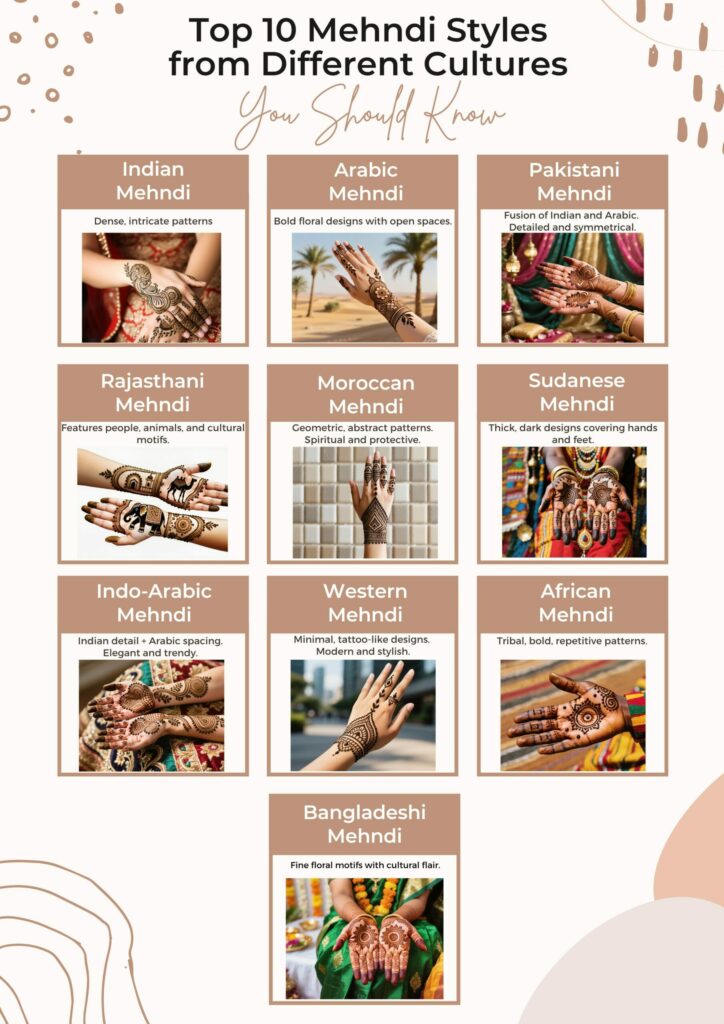
Indian Mehndi
🕌 Indian Mehndi is known for its dense, intricate designs featuring florals, paisleys, mandalas, and fine lines. These patterns often cover the entire hand and feet, symbolizing love, joy, and spiritual devotion — especially during weddings and festivals like Diwali and Karva Chauth.
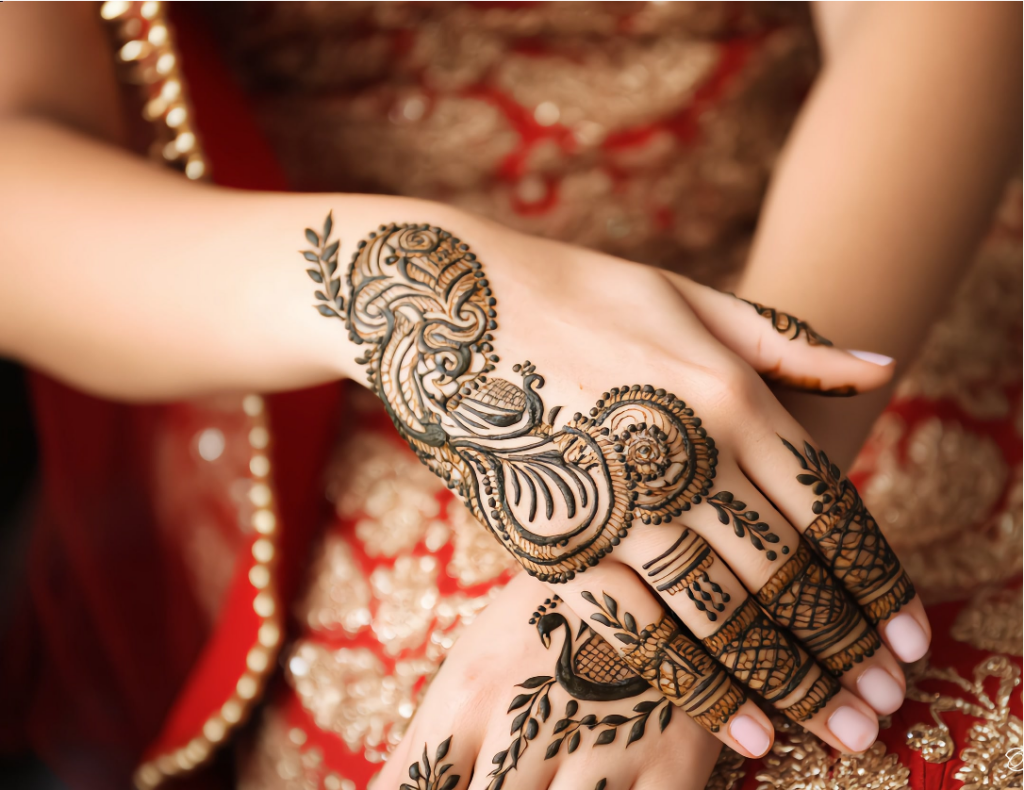
Arabic Mehndi
🌴 Arabic Mehndi features bold floral motifs with flowing vines and lots of open space. The designs are less dense but highly elegant, making them perfect for those who want something eye-catching yet not overly detailed. Arabic styles are popular for Eid celebrations and casual occasions.
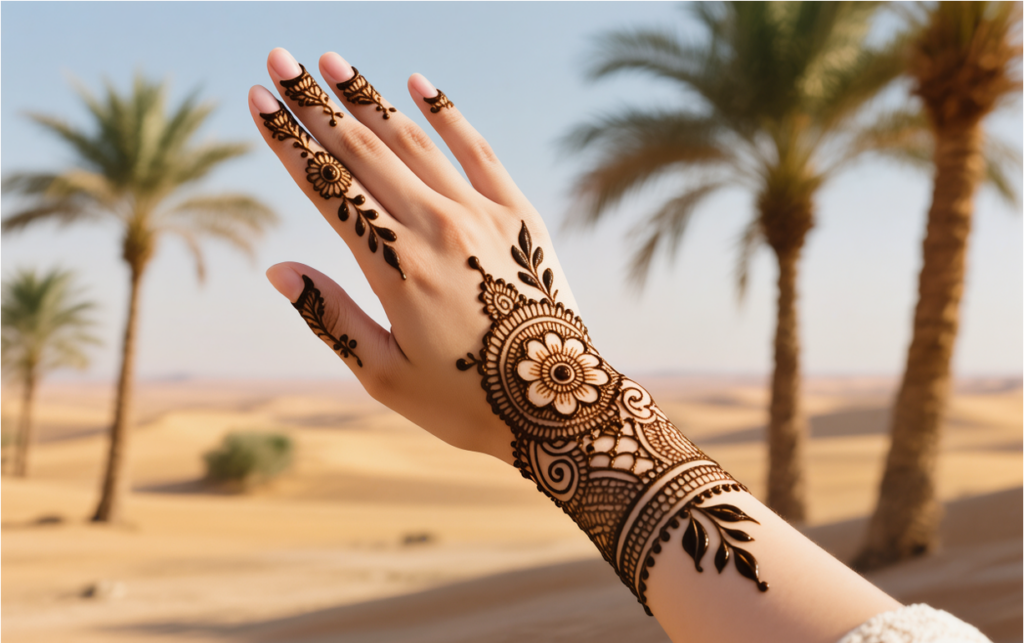
Pakistani Mehndi
🐪 This style blends elements from both Indian and Arabic traditions. Pakistani Mehndi is detailed, symmetrical, and often includes cultural and religious symbols. It’s commonly used in weddings, especially in bridal looks that require full-hand coverage.
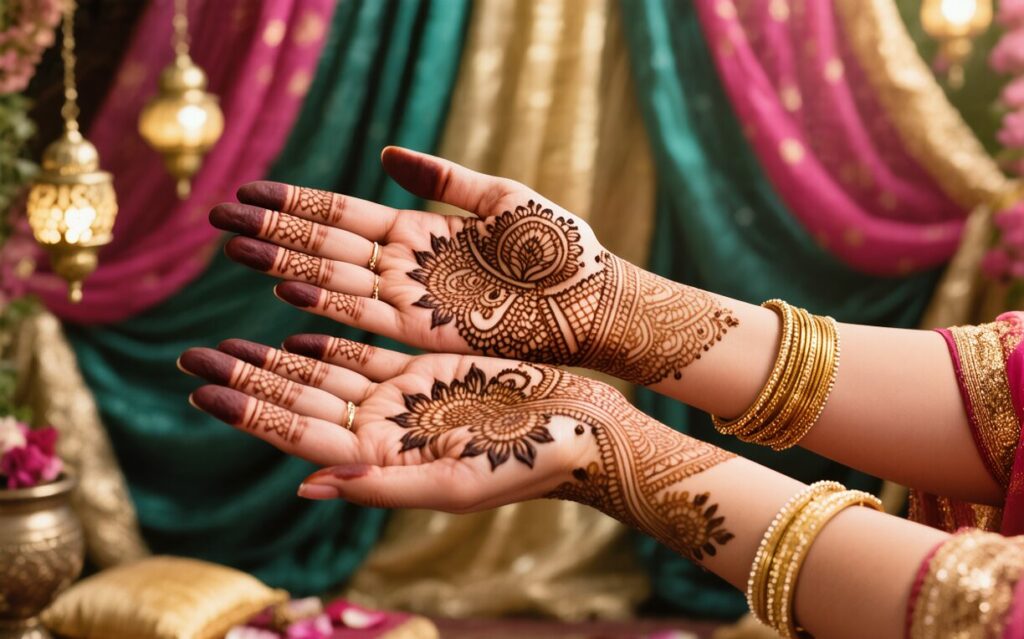
Rajasthani Mehndi
🐘 Originating from Rajasthan, India, this style is known for its storytelling nature — incorporating figures of brides, grooms, animals like elephants and peacocks, and traditional folk art. Rajasthani Mehndi is deeply rooted in Indian wedding rituals.
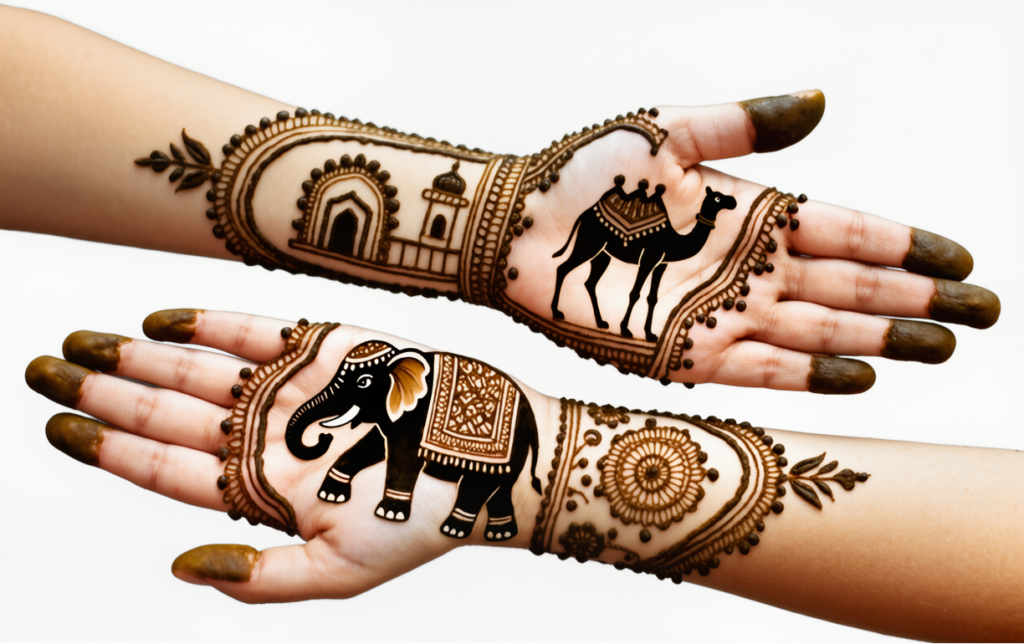
Moroccan Mehndi
🕊 Unlike other styles, Moroccan Mehndi features geometric shapes, zigzags, and symmetrical patterns. Influenced by Berber and Islamic art, it’s symbolic of protection and spirituality. It’s perfect for those who prefer modern, minimalistic designs.
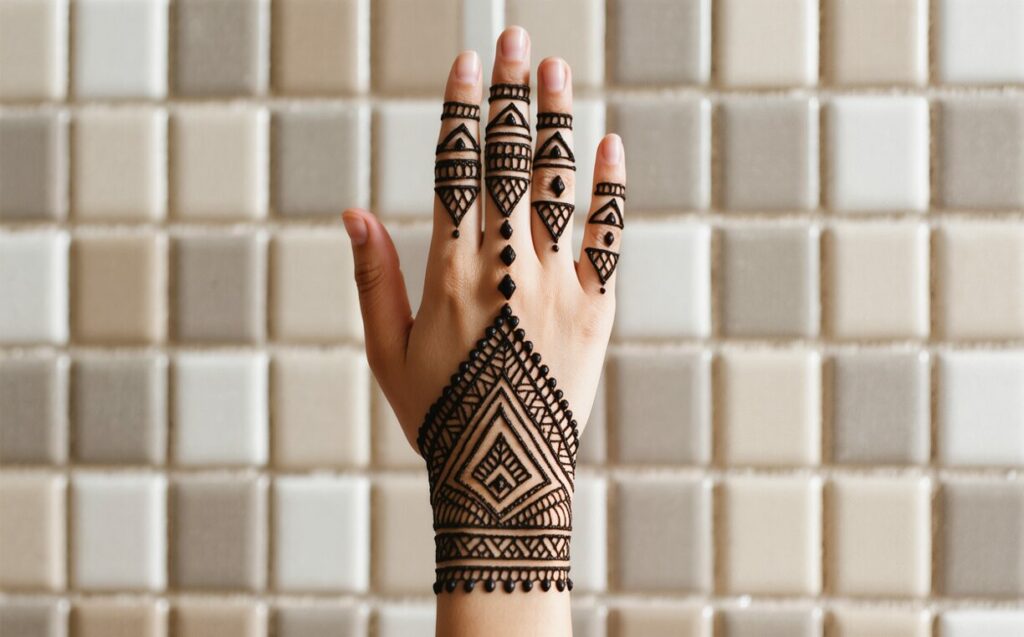
Sudanese Mehndi
🧕 This style is known for its thick, dark lines and heavy coverage, especially on the hands, fingers, and feet. Sudanese Mehndi often features large floral or leaf motifs and is commonly used in weddings and festive celebrations.
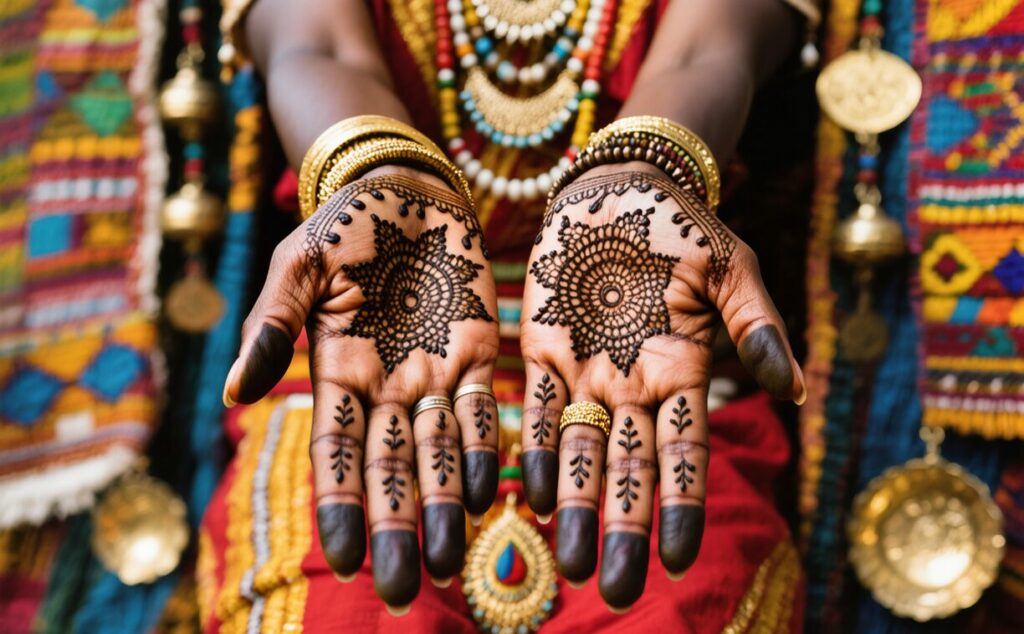
Indo-Arabic Mehndi
🌸 A beautiful fusion of Indian detail and Arabic flow, Indo-Arabic Mehndi balances elegance and boldness. It typically features floral patterns with delicate paisleys and strategic spacing — making it ideal for modern brides.
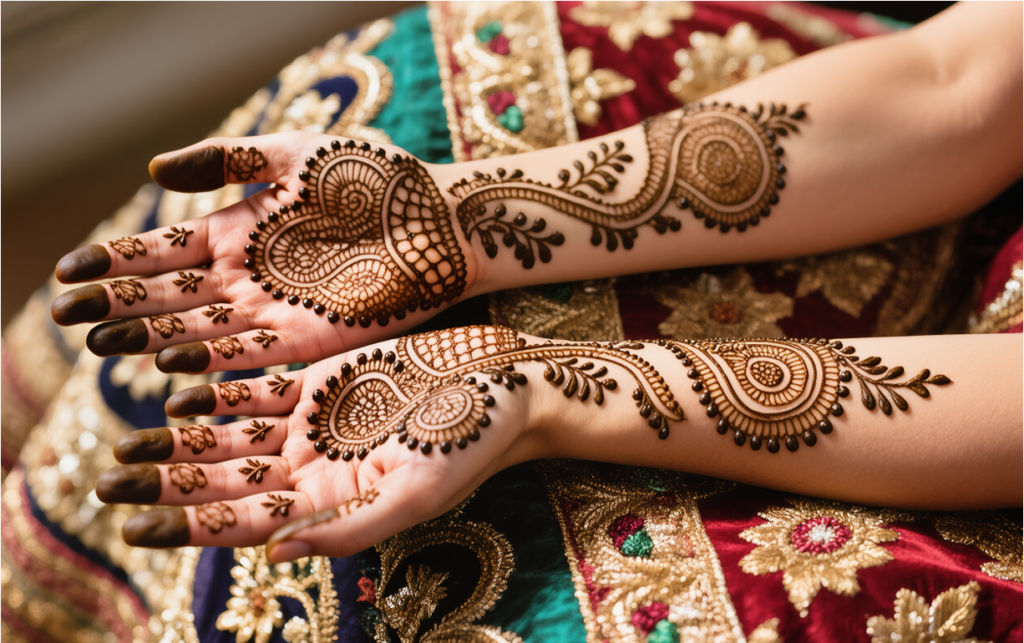
Western Mehndi
🪔 In Western countries, Mehndi is often used as a fashion statement rather than a cultural tradition. Designs are usually minimalist, resembling temporary tattoos with small mandalas, moons, or geometric patterns — popular at festivals like Coachella.
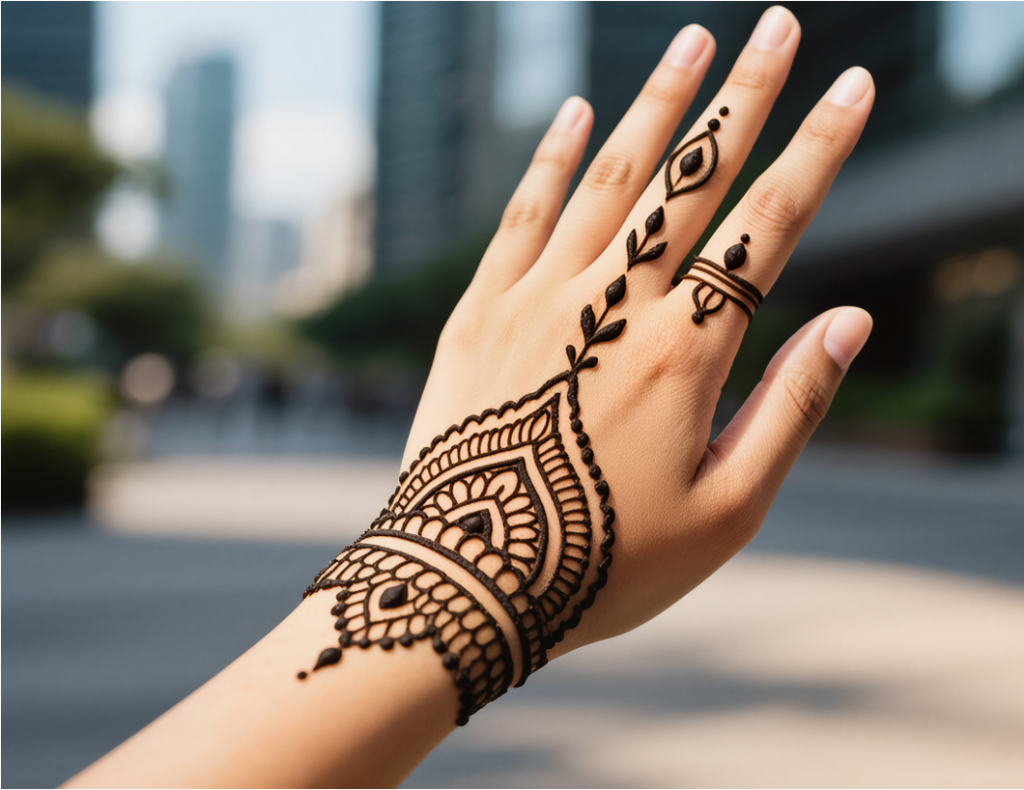
African Mehndi
🎨 African Mehndi showcases tribal-inspired patterns with bold lines, repetitive shapes, and grid-like arrangements. Each pattern often represents tribal identity or spiritual beliefs. It’s unique, powerful, and highly symbolic.
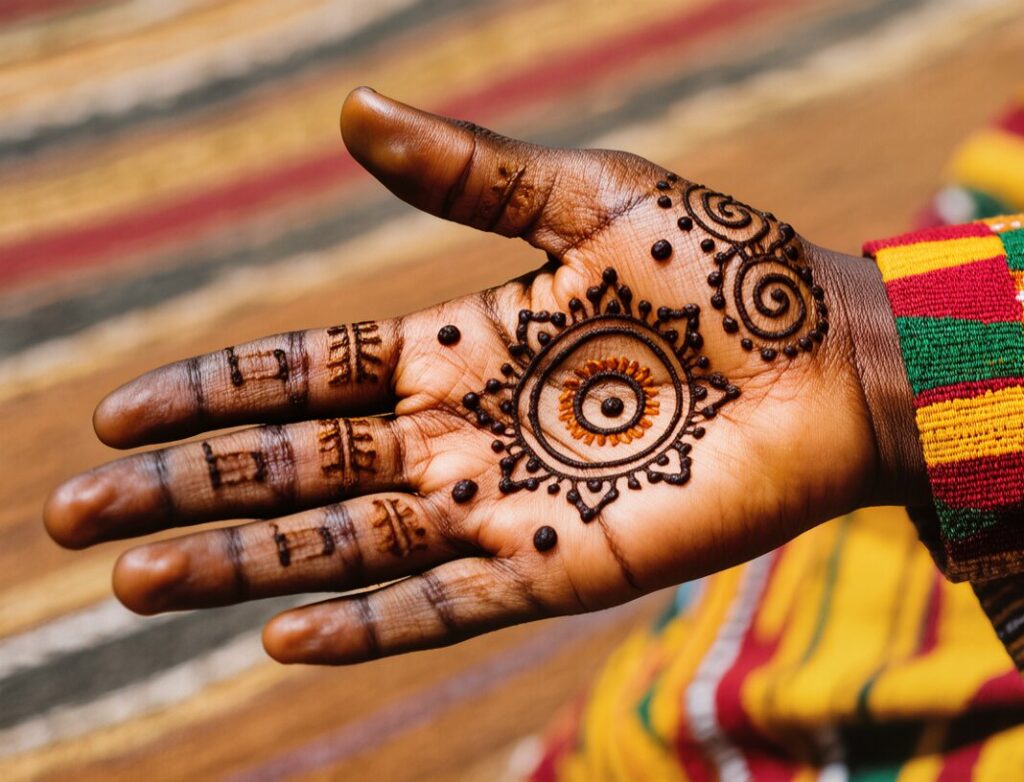
Bangladeshi Mehndi
🌿 Bangladeshi Mehndi is recognized for its fine floral and vine-like patterns. It’s less dense than Indian styles but still elegant and graceful. Commonly used during weddings, Eid, and cultural events, it reflects the simplicity and beauty of Bangladeshi tradition.
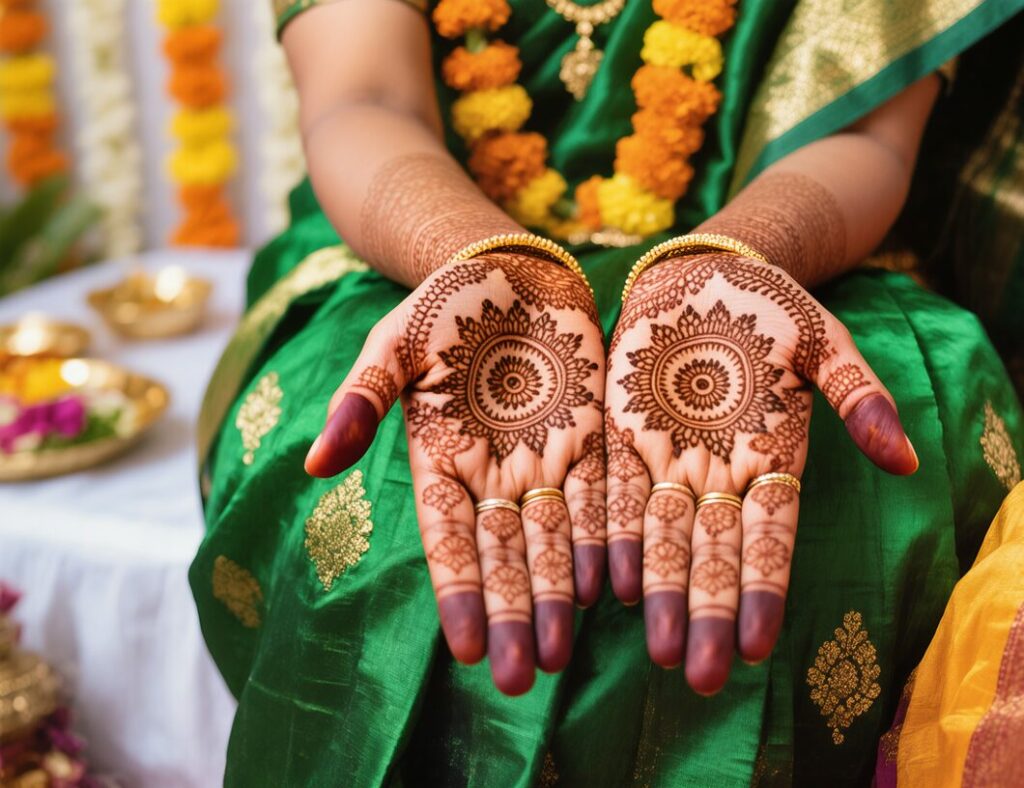
Mehndi is a universal language of beauty, tradition, and celebration. Whether you’re inspired by the ornate Indian style or the bold African aesthetic, each design offers a window into a different culture. If you’re planning your next Mehndi session or just curious about the art form, try exploring these global styles to find what speaks to you most.
Want to know where all these beautiful Mehndi styles originated? Listen to our podcast on the ancient origins of Mehndi, from Egypt to India.

